When you step into the wild, you’re a guest in a realm where nature reigns supreme. Respecting the environment should be at the very heart of your safari expedition, and this respect extends to the way in which you capture your memories through nature and wildlife photography.
It’s easy to get caught up in the excitement, especially if you’ve just spotted something rare like African wild dogs or a family of cheetahs. However, by sticking to a set of dos and don’ts, you can considerably improve the quality of your photographs while ensuring a minimal footprint on the natural habitat.
Let’s take a closer look at how you can become a wildlife photography pro without upsetting the natural balance of things.
Best Etiquette for Taking Pictures on Safari
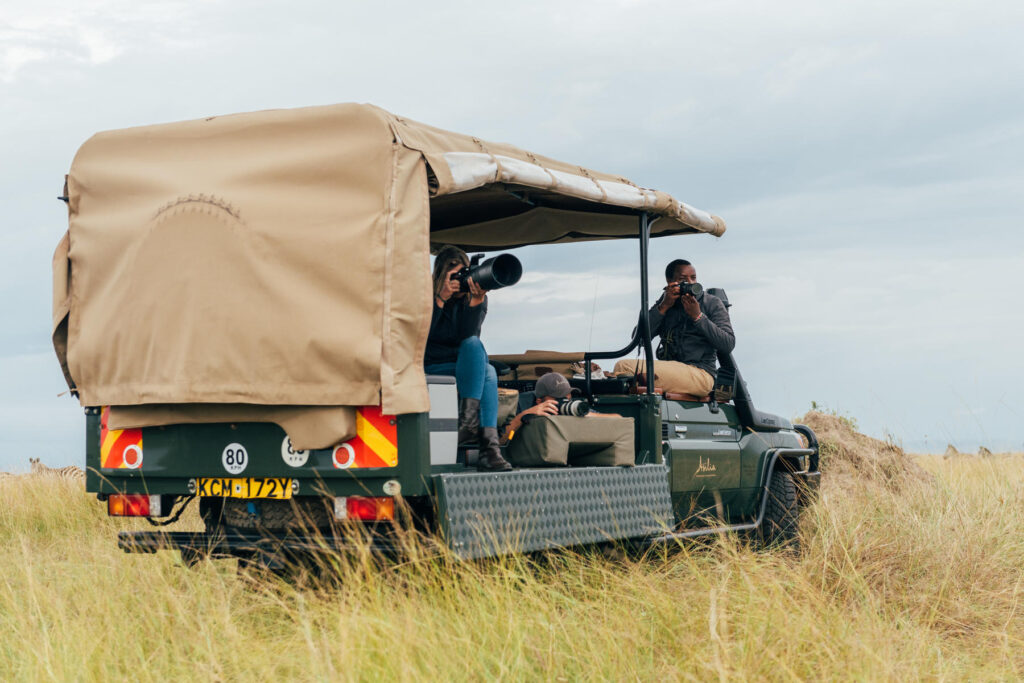
What You Should Do
Research Your Destination
Knowing the types of wildlife, landscapes, and lighting conditions you’ll encounter will help you prepare better. Make sure to talk to guides, read recommendations, or consult with previous visitors about the best spots and times for photography.
Use a Silent Camera or Silent Mode
Loud camera shutters can disturb animals and other guests. Not only will you hurt your chances of making friends, but you might spook the very animal you’re trying to take a picture of! Use modern DSLRs and mirrorless cameras, as they often have a silent or quiet mode.
Keep a Safe Distance
A safe distance reduces the risk of your safety being compromised and ensures the wildlife doesn’t get stressed. But distance doesn’t have to ruin your shot – use a zoom lens to get closer to the action from a reasonable distance.
Respect Your Guide’s Instructions
Game rangers and bush guides have experience and knowledge and understand wildlife. They can guide you to capture the best moments without risking anyone’s safety. For example, when you’re on safari in Africa, always stay seated unless told otherwise and avoid sudden movements.
Be Patient
Animals can be unpredictable, but that’s all part of the excitement. Ask any wildlife photographer, and they’ll tell you that the best shots often come from patience and observation. Remember, the best natural behaviour comes after long periods of inactivity.
What You Shouldn’t Do
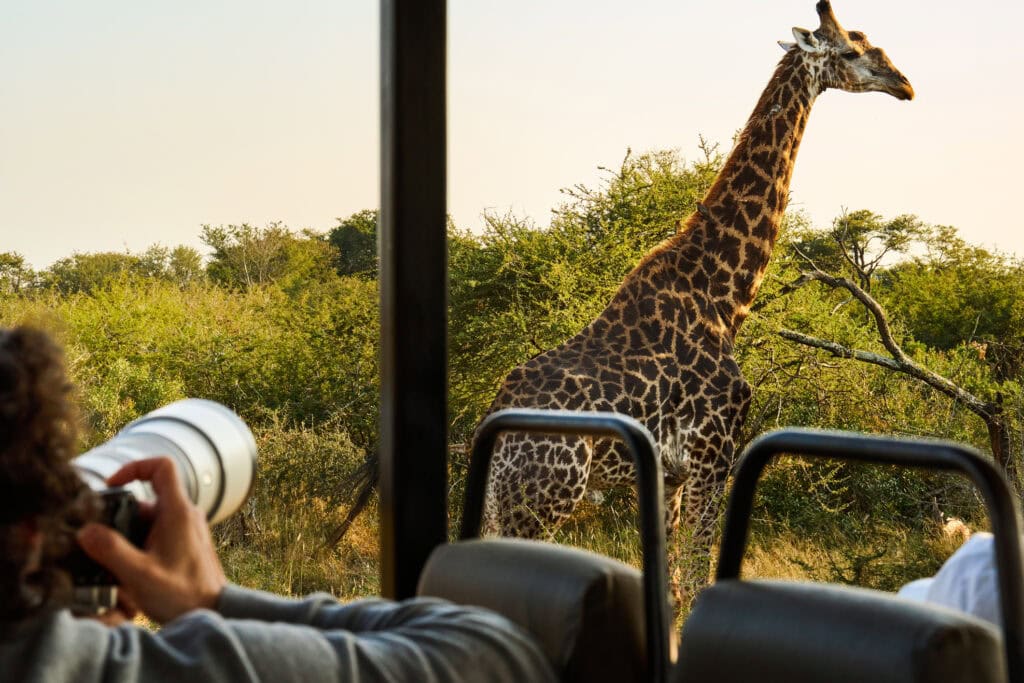
Avoid Using a Flash
This should go without saying, but bright lights can easily startle wild animals. The last thing you want when capturing a male lion is to get on its bad side. Thankfully, many reserves and parks ban flash photography entirely. Invest in a camera that performs well in low light or learn to edit to brighten images post-shooting.
Don’t Feed the Animals
Again, this should be a no-brainer for anyone going on safari, but sadly, some people simply can’t follow the rules. When animals become dependent on humans for food, their natural patterns of behaviour can change, and they can even start to associate humans with food. Instead, capture them in their natural state while they’re hunting, playing, or interacting.
Avoid Noisy Equipment
Keeping the environment serene is crucial. Be aware of velcro, noisy bags, or beeping cameras. Mute any electronic devices and prepare your gear quietly.
Don’t Chase or Pursue Animals for a Shot
This stresses them and can alter the way in which the animals behave. If an animal is moving away, respect its space. We promise there will be another opportunity!
Avoid Overcrowding
Too many vehicles can intimidate animals and limit their natural movement. If a spot is crowded, find another or wait for vehicles to leave. Sometimes, it’s better to come back later and try again; you’ll be surprised how many animals tend to stay in one spot for long periods of time.
Personal Care, Safety, and Security
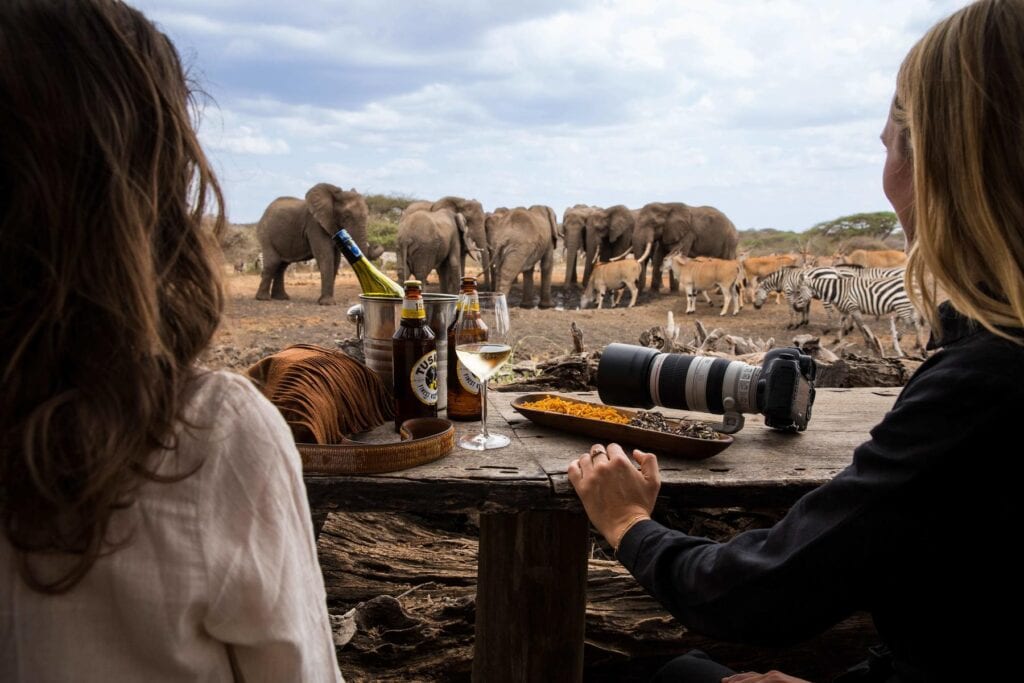
Until now, we’ve only focused on being considerate guests in the wilderness. But there’s more to a good wildlife photography adventure than camera etiquette – you also need to look after yourself so that you’re in top shape to capture those once in a lifetime moments. Here are some general tips for first-time safari travellers.
What You Should Do
Check the Weather
This will help you to dress accordingly. Remember to wear comfortable but appropriate shoes and clothes. Choose subtle colours to avoid scaring the animals away. The more you can blend into the habitat, the better your chances of a sighting. Greens, khakis, and browns are the perfect colours.
Apply Sunblock
The African sun is notoriously harsh at the best of times. Most game drives happen around sunrise and sunset, but even then, you’ll need to protect your skin from the sun’s rays. Use high-SPF sunscreen and remember to reapply hourly.
Moisturise Your Lips
The bush can be a dry place, so to avoid chapping and cracking, use some lip balm. We all tend to pull funny faces while we’re squinting behind the camera lens, and nobody wants an unexpected cut to ruin the moment!
Wear a Sun Hat
Choose a hat that fits perfectly or can be adjusted to avoid it being a disturbance.
Carry a Water Bottle
You need to stay hydrated more when it’s hot, as sweating is excessive. Choose a perfect-sized bottle that is easy to carry around.
Apply Insect Repellent
Mosquitoes and other insects can sting through clothes, so apply insect repellent all over your body after applying your body cream. You can also spray your gear to keep creepy crawlies from getting into nooks and crannies. For ticks, you’ll need to use something that contains DEET.
Empty Your Pockets
Excess foods and crumbs attract insects. If you can, opt for fresh clothes for every game drive.
Bring Snacks
To fuel your body, you need energy to keep up with the animals. Pack them nicely in a sealed pack and remember not to feed any animals.
What You Shouldn’t Do
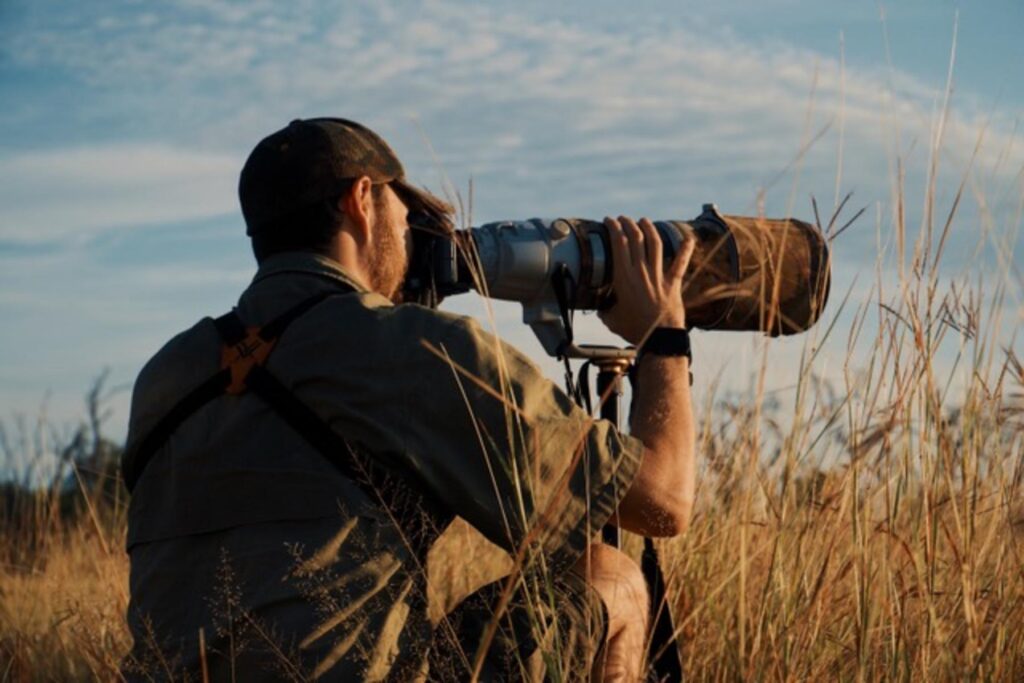
Don’t Wander Too Far Off
If you do, you may get yourself into a dangerous situation or get lost. Stick with your group or to the designated walking trails. Better yet, stick with your guide at all times.
Don’t Litter
Polluting the environment threatens the ecosystem. Bring an extra plastic bag to collect your trash and be kind enough to pick up any that you may come across.
Don’t Be Scared to Ask Questions
Most guides love sharing their knowledge of the wilderness and animals with guests. Don’t be shy to ask questions – chances are, you’re not the only one in your group who doesn’t know the answer!
Don’t Point Your Binoculars at People or Private Properties
It’s impolite and unethical. Let your binoculars hang when you’re not using them.
We once again urge you to be mindful of the environment and take care of yourself. Don’t disturb or even touch nests; don’t cut down or break tree branches to get clearer shots; and definitely don’t carve your name into rocks and trees. Keep noise levels to the lowest level possible, avoid walking fast, be patient, and enjoy yourself.
While capturing the perfect shot is exciting, it’s vital to remember that you’re in the wild and a guest in a world that’s very different from the one you come from. By following these photography etiquette guidelines, you’ll ensure that you get great photos while preserving the natural habitat and behaviours of the magnificent creatures you’ve come to see.
Be kind to the wild, and it might just reward you with the shot of a lifetime!






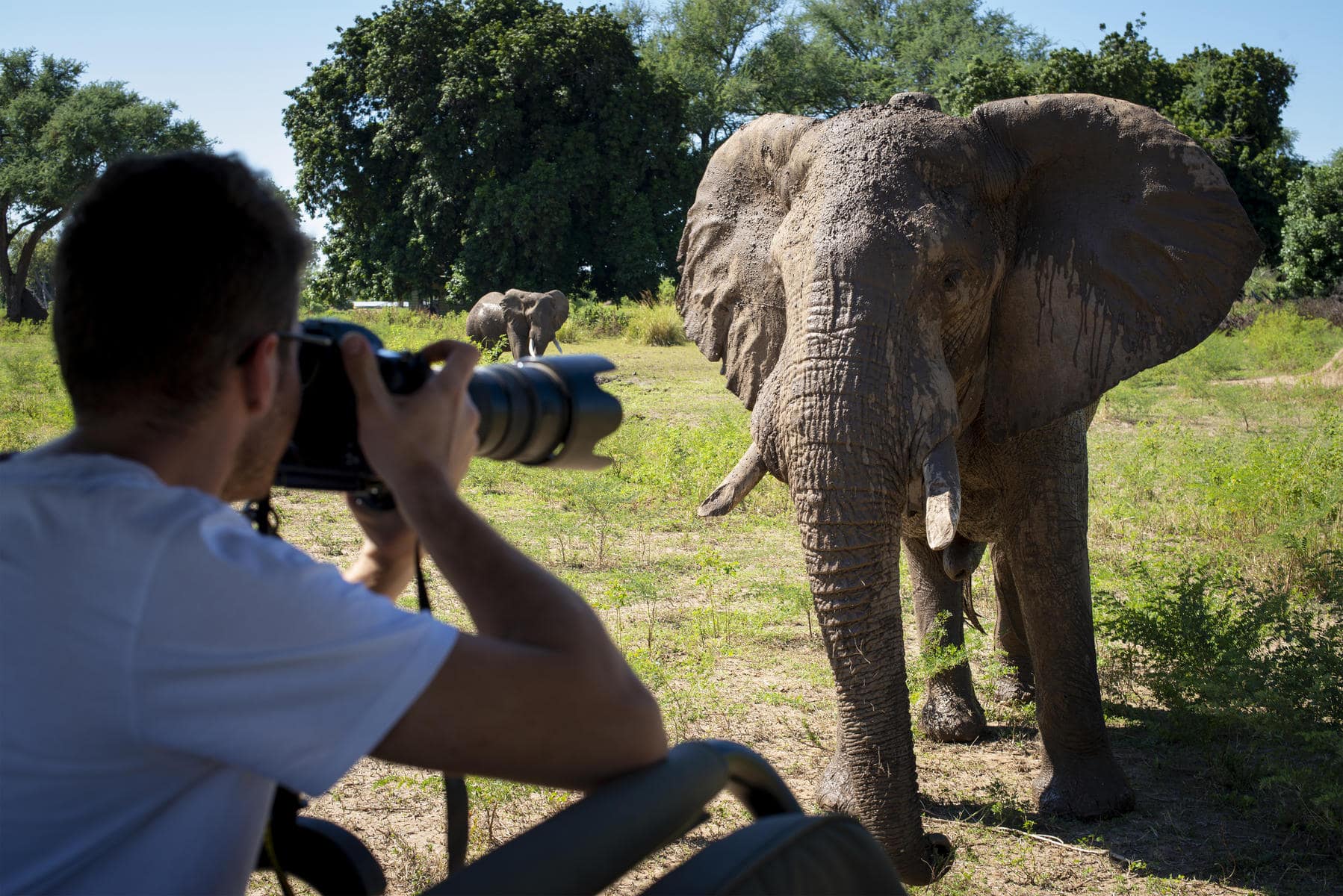
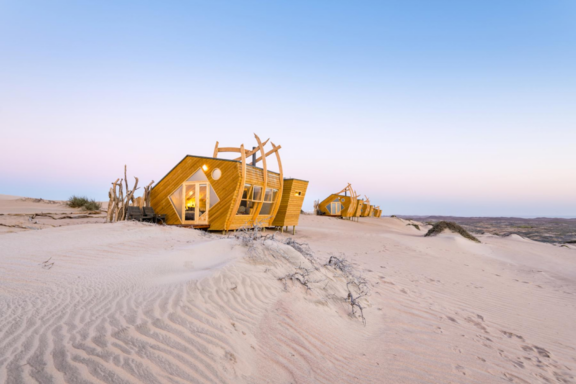
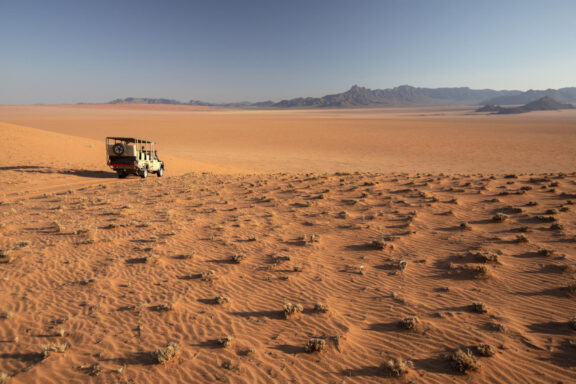
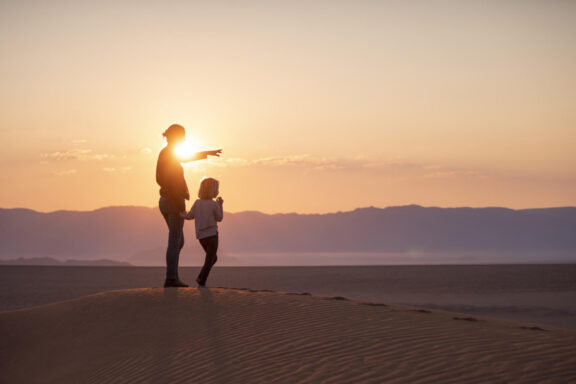
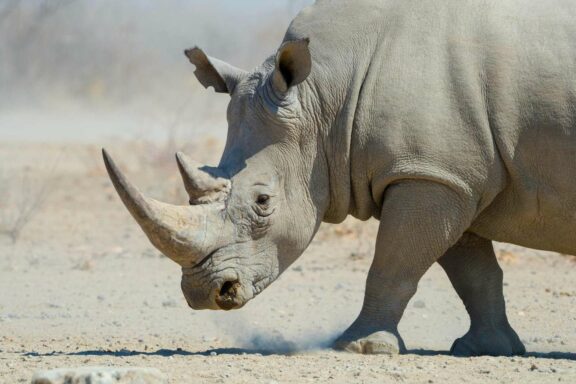

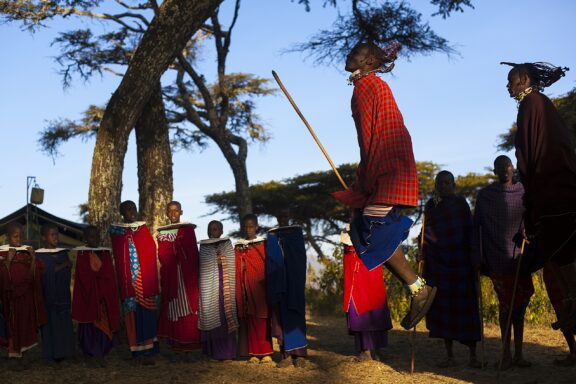
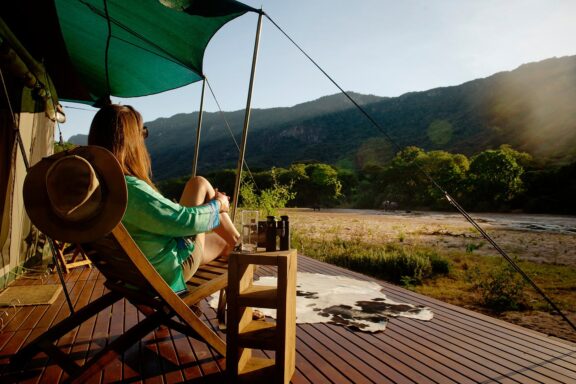
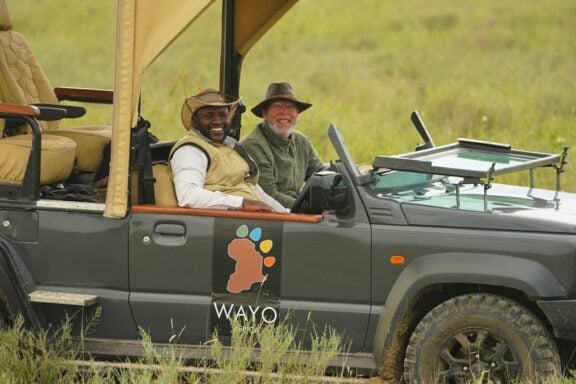
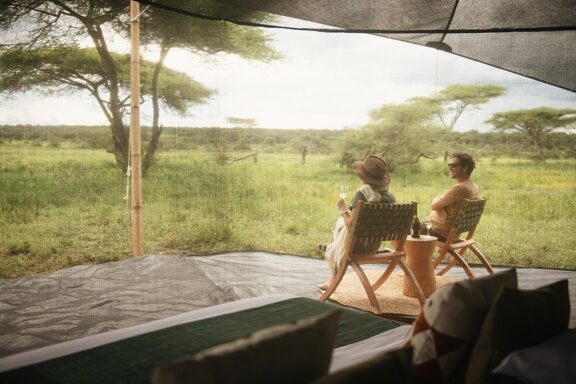
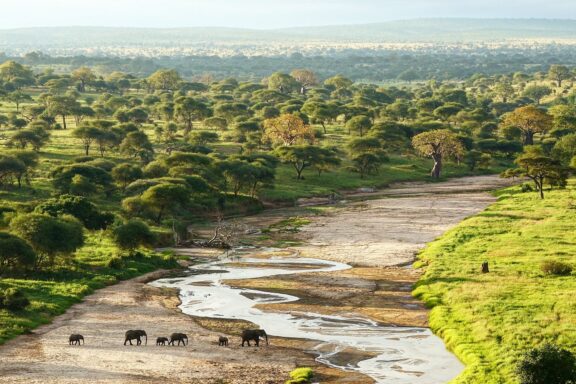
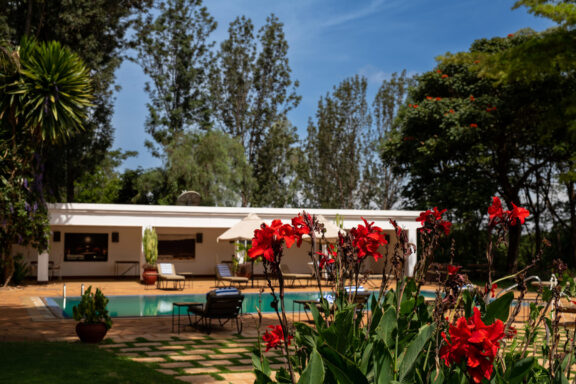
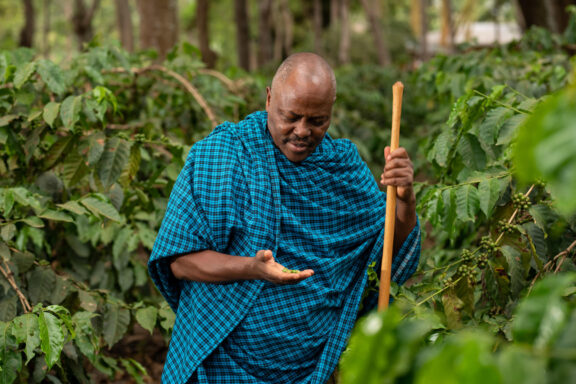
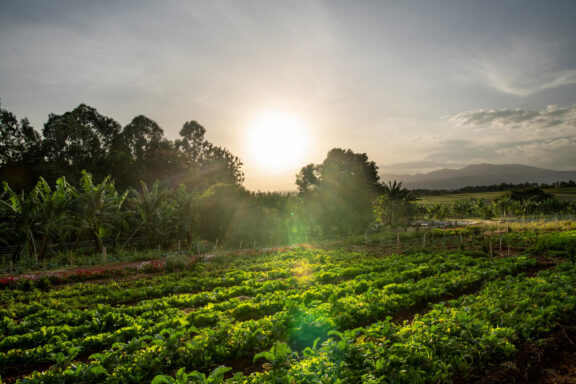


 Copy Link
Copy Link
 Share on LinkedIn
Share on LinkedIn
 Share on Facebook
Share on Facebook
 Blog List
Blog List









Written by Brendan White
• Travel Writer
Verified by Matthys Van Aswegen
• Africa Safari Expert
Part of the African Photo Safaris Collection